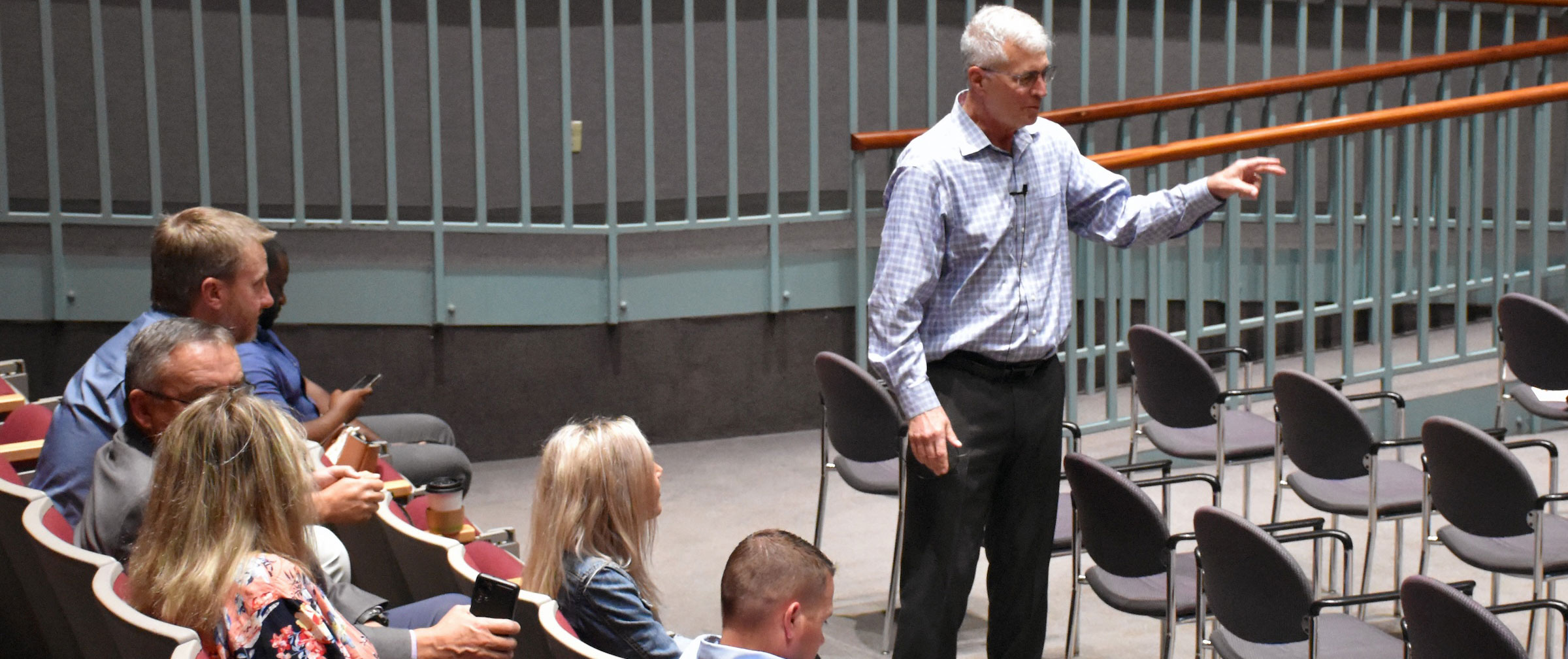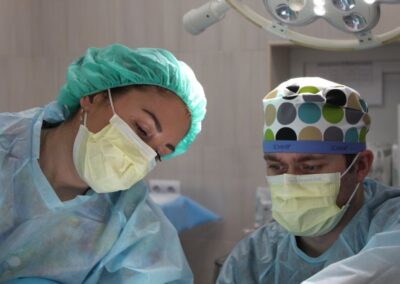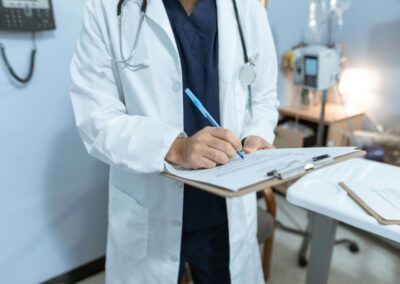“Some look at things that are, and ask why. I dream of things that never were and ask why not?”? George Bernard Shaw
Health care costs are out of control. Health care will soon comprise 20% of the GNP and although there have been some signs of “bending the cost curve”, there have been no major trends to date that will show a significant change in the cost of health care. Americans pay far more for health care than any other country. Despite those high costs, there have been questions regarding how much value that the consumer of health care actually receives in terms of clinical outcomes and patient experience.
An economist defines the cost of a product as not simply what a consumer pays for it , but rather, what else could have been purchased for that amount or for that same resource. Thus, a pair of shoes may cost $300, but the true cost of those shoes is what else could have been bought for that $300 instead.
Given the finite amount of resources available to any consumer, it is interesting to consider that definition in the context of the cost of health care. What else could have been gotten for the amount of resources that were consumed? For convenience, I will look at two categories: External to health care and within health care. What is the true cost in health care for each?
External to health care- By the above definition, every dollar spent in health care is a dollar that is not allocated to any other sector of the society. Think what some of those dollars could do in terms of better funding education, transportation, social benefits, defense, or any other part of the American society. Given the huge amount of dollars presently spent on health care, even a small reduction in today’s costs could be diverted to give a gigantic boost to any of those other sectors. On a more practical level, these dollars could be used to start paying off the national debt! There are many other uses for those potential dollars that are not currently tied up in the health care sector. So the true cost of the excesses in health care is other services could have been purchased in different sectors of society for those costs.
Within health care- We are now dealing with the need to provide and improve value. If an MRI costs $1,000, the true cost of that MRI is not the $1,000 per se, but the other medical services that could have been provided for that $1,000. There are many opportunities to improve the value of the health care services for a given cost and there has been much written about providing more cost-effective care and utilizing less expensive services such as MRI scans and expensive medications. For example, almost 30% of the total Medicare burden is spent on the last year of life. The cost of those end of life services becomes other services that could have been done either for those patients or other patients.
Even if the total dollars spent in health care remained the same, important parameters such as clinical outcomes and overall patient experience could be improved through best practice implementation. We have the opportunity to improve the value of health care either through improving our present value or at least saving resources which can in turn either be reallocated into the health care system or redirected to other initiatives in society. In the general sense, the true cost of current health care, is alternative health care services that could have been provided to that patient for that cost.
The possibilities are endless. The potential is huge. The appropriate reduction in health care costs could be either funneled into other aspects of society or result in a “better mousetrap” for our present health care system.
Yes, the true cost of anything we do is what else we could have done with those resources. Health care is no exception. But for everything we do, there is a cost somewhere else…. something that never was. I wonder what George Bernard Shaw would be dreaming today?




